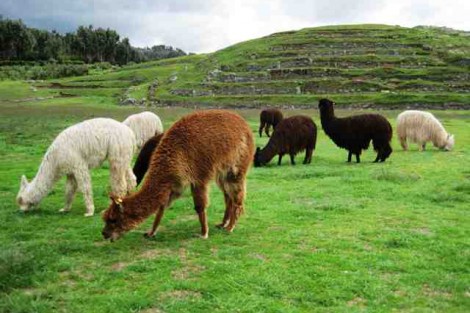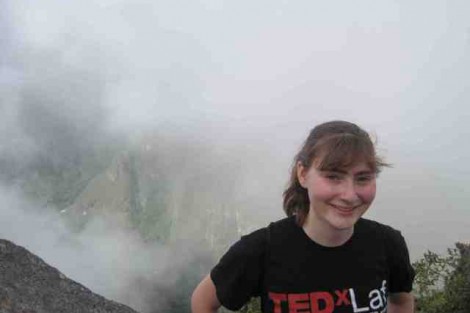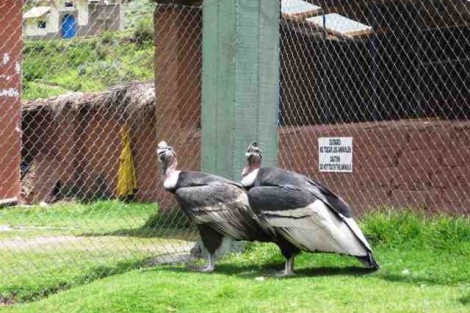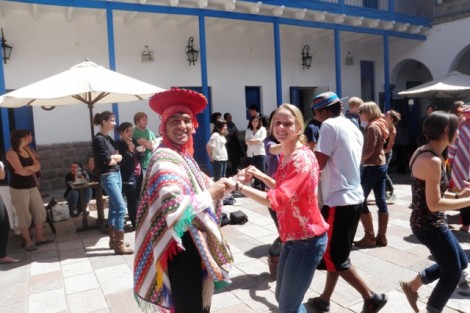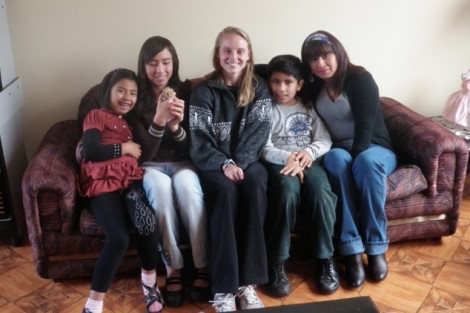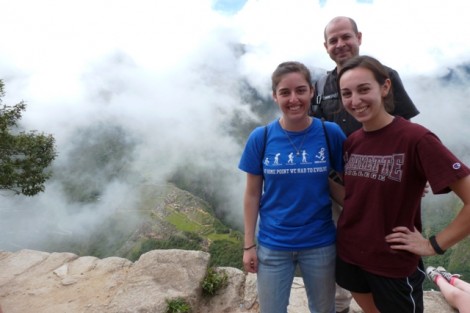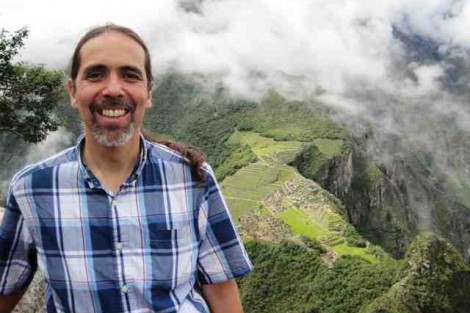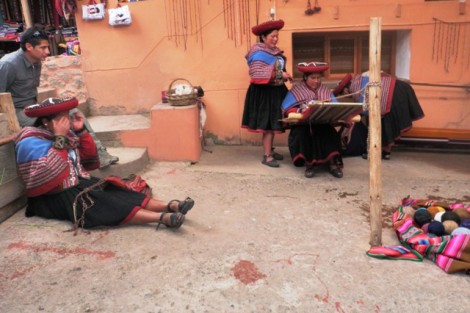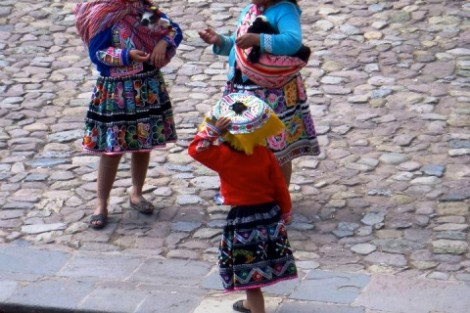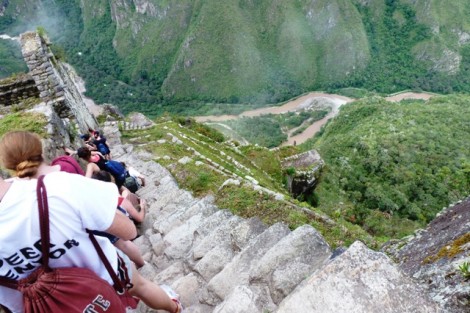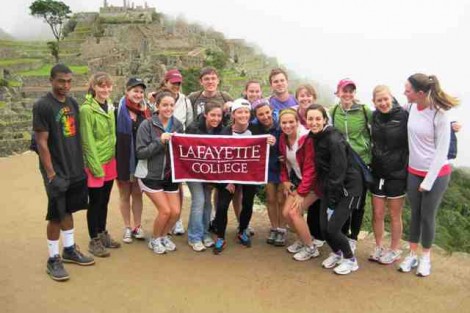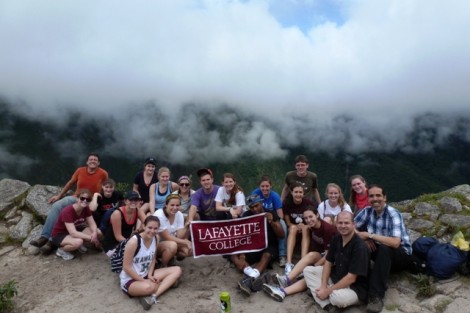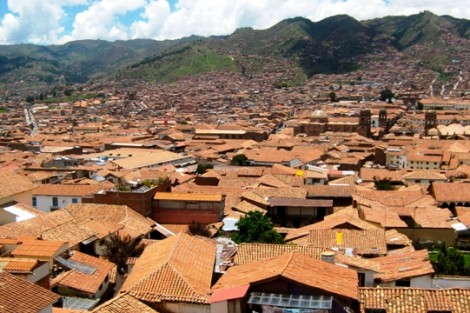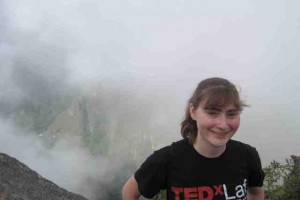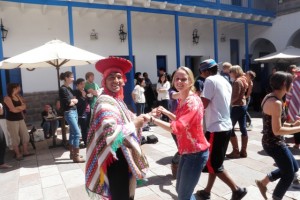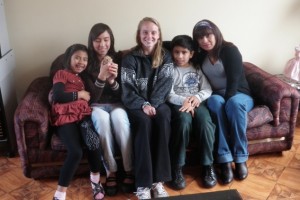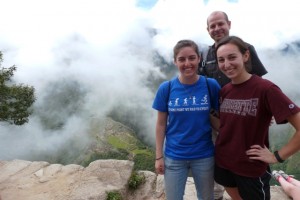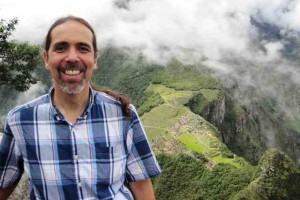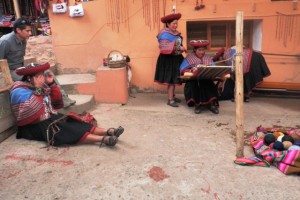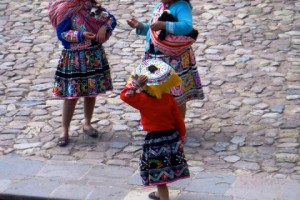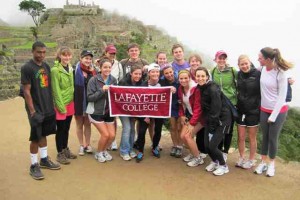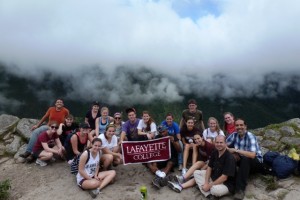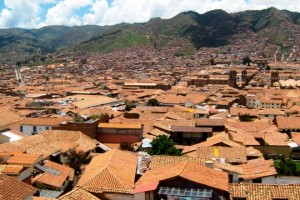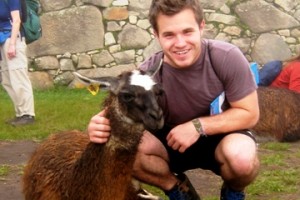After he graduates, Justin Barry ’12, a double major in English and international affairs, plans to teach English abroad. Over winter break, he reaffirmed this goal during a three-week course in Peru.
“I want to engage in various research projects around the world, involve myself in volunteer work, and write about my experiences,” he says. “My trip to Peru made me want to travel even more and learn about other cultures. Our volunteer work at El Hogar Clínica San Juan De Dios confirmed that I want to engage in activities that are fulfilling and meaningful to me, activities that make a positive difference in the lives of others and leave an impact–something I can also achieve through teaching.”
Barry joined 17 other students and three professors for the course “Peru’s Indigenous Populations in the Modern Day.” The students learned about Peruvian society, culture, and history, specifically the manner in which indigenous peoples in Peru and their traditional ways have survived even after more than 500 years of colonial and post-colonial existence. A truly interdisciplinary endeavor, the course was led by Juan Rojo, assistant professor of foreign languages and literature, Jorge Torres, associate professor of music, and Nestor Gil, assistant professor of art.
“This is my fourth year at Lafayette and one of the things that really drew me here was the opportunity to conduct courses such as this one,” says Rojo. “This was the first chance I saw for me to develop and offer an interim so I threw myself at it and came up with this course.”
The course content spanned a wide spectrum of topics including food, poetry, politics, music, art, and literature. The class also traveled to culturally important sites, such as Koricancha, Sacsayhuaman, and Machu Picchu; visited Peru’s capital city, Lima, as well as Cusco where they stayed with a host family; and participated in community service work.
“It’s important to learn about cultures outside of our own in order to gain a more balanced perspective of the world we live in. To that end, our students were placed with host families and were able to get a much clearer picture of everyday life for some in Peru,” Torres says. “Even just commuting back and forth from their homes to either the University of San Ignacio de Loyola or where they did their volunteer work, The Clinica San Juan de Dios, gave them a much different perspective than just staying in a hotel and being a garden variety tourist. In fact, by volunteering at a non-profit organization, the students were giving back to the community where they were visiting.”
The trip allowed for students to form close connections with their classmates and their professors. Barry and Torres would often play guitar together and even opened for two bands at a local club in Cusco.
“Being on an interim trip, allows you to get to know a professor both in-and-out of the classroom,” says Barry. “All of the professors were very open to free thinking, encouraged participation, and were extremely passionate about their subjects of expertise.”
For Kelly Senters ’13, a double major in government & law and international affairs, the course was a way for her to focus on the Latin American concentration she is focusing on her major. She plans to attend graduate school for international politics or international affairs.
“My experience in Peru provided me with a real-life learning experience regarding my Latin American concentration,” says Senters. “While classes with respect to this subject matter are fascinating, being immersed in a Latin American community was a completely different and rewarding opportunity.”
The highlight of the trip for Barry was visiting Machu Picchu.
“The site gives off an incredible feeling that is hard to explain in words, or in pictures,” he says. “While at Machu Picchu, we climbed to the top of Huayna Picchu. On the hike up to the summit of the mountain, there was heavy cloud coverage and it was difficult to see how much ground we had covered, but when we finally reached the top the clouds had cleared–offering us amazing views of the ruins and the Urubamba River.”
